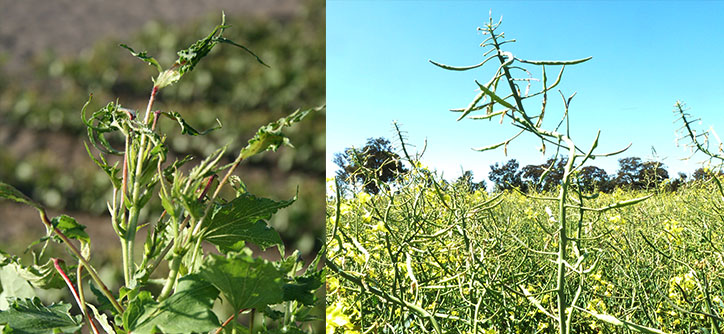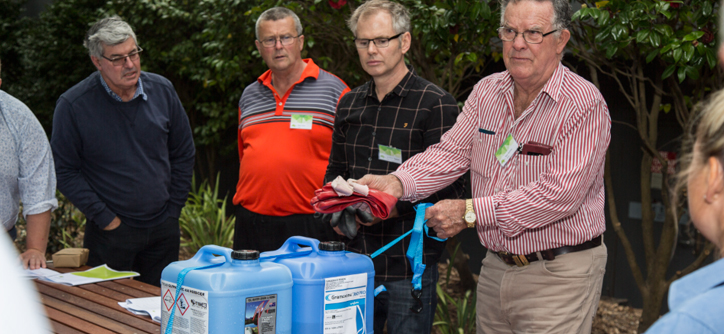Cotton Australia has reported that 20% of Australia’s cotton crop has been damaged this season, representing an area of 60,000 hectares and a cost to the industry of around $20 million dollars, perhaps the worst level of damage for 30 years.
This outcome seems at odds with useful initiatives like the Cotton map highlighting the location of cotton fields, GRDC and CRDC spray drift workshops and publications, ChemCert training , industry stewardship programs run by key chemical distributors and of course the regulatory side, federally by the APVMA and state wise by the EPA and Primary Industry and Health departments.
The issue of chemical trespass is in no way limited to cotton: canola, grapes and damage to shelterbelts comes to mind, nor is the only culprit 2,4D, however the top 13 ranked pesticides on the APVMA Spray Drift Label Reviews list are all Group I herbicides, and 2,4D tops the list.
Remember these pesticides have been selected based on their hazard characteristics, their amounts of use and their involvement in adverse incidents.
The story so far:
- High volatile ester formulations have been banned in all states bar WA;
- Product labels like Nufarms Amicide Advance 700 carry a Spray Application and Drift Risk Assessment detailing a minimum of a Coarse spray quality, min/max. wind speeds, warnings about night spraying and inversion risk and the need to record weather before and after applications (as well as the use of a smoke generator at night);
- GRDC/CRDC fact sheets on Spray Drift and temperature inversions are available for download and in print version;
- There are Codes of Practice for Summer Weed Control, Best management and Practice Guides etc. and useful weather forecasting tools from Nufarm (Spraywise) and Syngenta Weather available by grower subscription;
- There is available a wonderful array of spray equipment allowing applicators to maintain appropriate spray quality and precision, employing a host of Drift Reducing Technologies;
- Prosecutions and fines issued under the Pesticide Act in NSW for example detail applicators who haven’t even read the product label, who contravene label directions, are untrained and/or fail to make records of application.
So where do we go from here for phenoxy herbicide application?
The cowboys who are untrained, don’t attend workshops and can’t be bothered reading a product label (other than dosage rates) can’t be helped and only punitive measures by the EPA will fix them, but with vapour drift under an inversion documented out beyond 20 km, catching the culprit is difficult.
With such a large area damaged, the problem is by no way limited to a few poorly skilled applicators and so other factors are at play here. There is a plethora of science and drift modelling as to factors that contribute to drift, but very little data based on real spray drift incidents and the causal factors contributing to the chemical trespass event.
With this data we could perhaps address the issue better, but in the end it will be multi-layered like an onion, but irrespective of machinery type and operator, it is the Spray/No Spray decision that is most critical, and being able to recognise adverse weather such as temperature inversions is paramount for all spray applicators.
Check out ChemCert guide to using APVMA Approved Phenoxy Herbicides .
Cotton image is courtesy of Greg Kauter (Cotton Australia).




